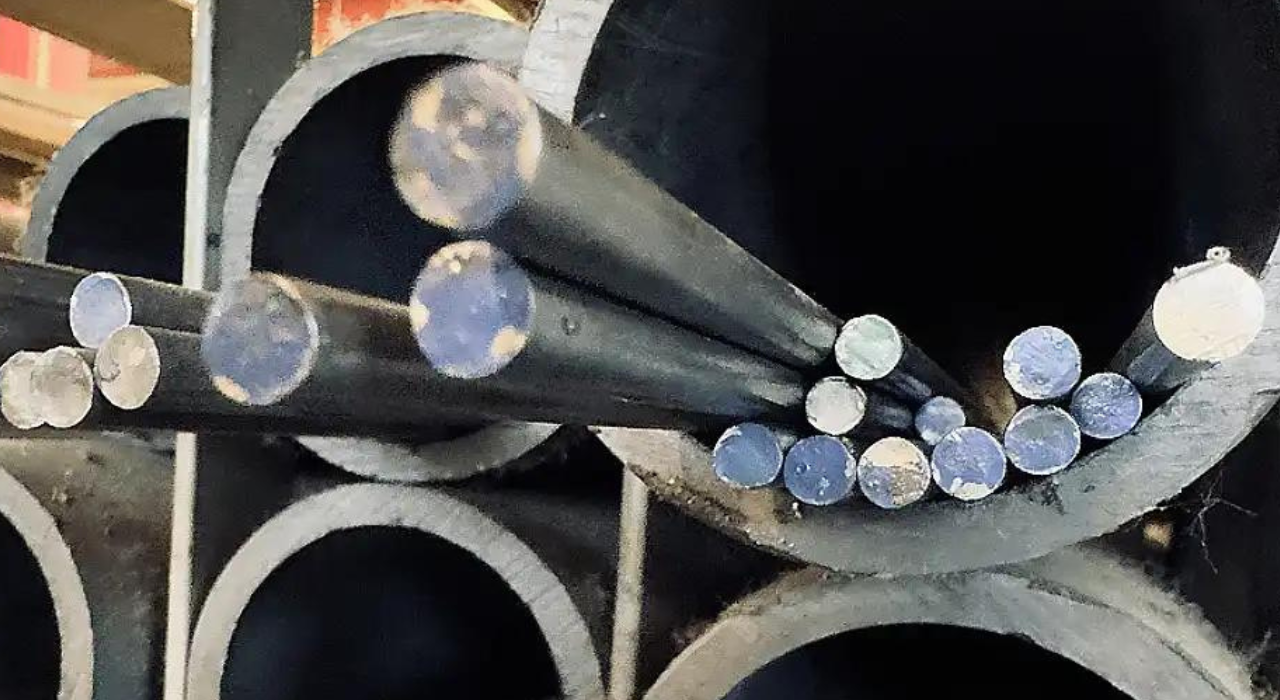Understanding how temperature influences mild steel density is significant in different mechanical and designing applications. Gentle steel, moreover known as low-carbon steel, is broadly utilized due to its favorable mechanical properties and cost-effectiveness. The thickness of mellow steel plays a noteworthy part in its execution and application. This article investigates how temperature impacts the thickness of mellow steel, analyzing the basic standards, viable suggestions, and contemplations for businesses that depend on this fabric.
The Effect of Temperature on Gentle Steel Thickness
Temperature essentially influences the thickness of gentle steel through warm development. As the temperature rises, gentle steel grows, driving an increment in volume and a comparing diminish in thickness. This diminishment in thickness can impact different applications, counting basic plans and fabricating forms. Understanding these impacts is pivotal for guaranteeing the execution and unwavering quality of gentle steel components in changing temperature conditions.
Essential Properties of Gentle Steel
Mellow steel is comprised of a press with a small sum of carbon (ordinarily less than 0.25%), which makes it moderately delicate and moldable compared to other steels. Its normal thickness ranges between 7.85 to 8.05 grams per cubic centimeter (g/cm³). This thickness is basic for calculating weight and planning components in basic applications. Gentle steelâs properties, counting thickness, can be impacted by different variables, counting temperature, which influences the materialâs physical and auxiliary characteristics.
Warm Extension and Thickness
As temperature increments, gentle steel experiences warm development. This wonder is characterized by an increment within the materialâs volume because it heats up. Warm development happens since the molecules within the steel vibrate more enthusiastically at higher temperatures, driving an increment within the normal separation between them. Even though the mass of mellow steel remains steady, the volume increases due to this extension. Since thickness is characterized as mass partitioned by volume (Thickness = Mass/Volume), an increment in volume, with mass remaining unaltered, comes about in a diminish in thickness.
Temperature-Dependent Thickness Changes
The thickness of gentle steel diminishes with expanding temperature. This relationship is direct over a wide run of temperatures but can change depending on the particular warm development properties of the steel. For occurrence, a temperature rise from room temperature to around 1000°C (1832°F) will cause a recognizable diminish in thickness. This diminishes due to the reality that the volume development impact exceeds any potential mass changes due to the warm.
Viable Suggestions in Building
In building applications, the alteration in thickness due to temperature variations must be accounted for within the plan and investigation of structures and components. For occurrence, within the development of bridges or buildings, the warm development of gentle steel can influence the fit and push dispersion of structural components. Engineers must consider these components to guarantee that the structures can suit temperature-induced changes without compromising security or execution.
Furthermore, within the fabricating of steel components, such as channels or pillars, temperature varieties amid forms like welding or machining can lead to changes in thickness which will influence the ultimate productâ's determinations and quality.
Estimation and Examination
To precisely determine and analyze the thickness of mellow steel at distinctive temperatures, different strategies can be utilized. One common approach includes employing a thickness meter or pycnometer, which measures the volume of a known mass of steel at diverse temperatures. The thickness can at that point be calculated utilizing the equation: Thickness = Mass/Volume. Progressed procedures such as X-ray diffraction or laser checking may also be utilized to evaluate changes in fabric properties with temperature.
In hone, engineers and researchers regularly utilize empirical data and hypothetical models to gauge the thickness changes due to temperature varieties. These models take into consideration the coefficient of warm development of gentle steel, which gives a quantitative degree of how the materialâ's volume changes with temperature.
Effect on Fabric Properties
The lessening in thickness due to temperature changes influences other fabric properties of mellow steel. For case, warm development can impact mechanical properties such as malleable quality and modulus of versatility. As the thickness diminishes, the fabric may become less hardened and more inclined to distortion beneath the stack. This impact is especially critical in applications including tall temperatures, such as within the aerospace or car businesses, where precise control of fabric properties is essential.
Besides, the density alter with temperature can affect the execution of mellow steel in applications where weight is a basic figure. For illustration, within the plan of lightweight structures or components, understanding how density variations with temperature influence the general weight and solidness is fundamental for accomplishing ideal execution.
Conclusion
In conclusion, temperature altogether influences the thickness of mellow steel through the method of warm extension. As temperature increments, mellow steel grows, driving a diminish in thickness due to the increment in volume. This wonder has common suggestions in building and fabricating, where temperature varieties must be carefully considered to guarantee the unwavering quality and execution of steel components and structures. Precise estimation and investigation of thickness changes are vital for planning and manufacturing components that perform well over a extend of temperatures. Understanding these impacts permits engineers and researchers to oversee the fabric properties of gentle steel and optimize its applications in different businesses.


